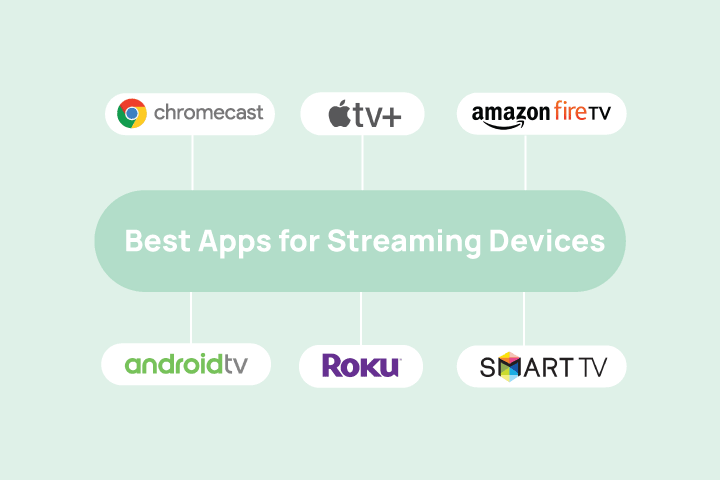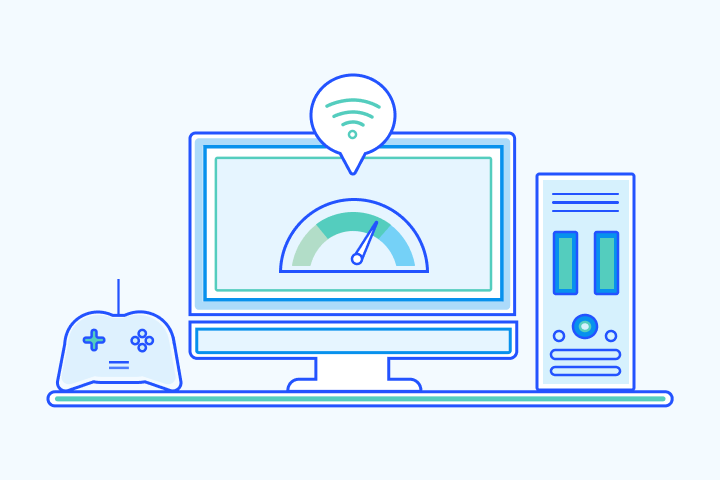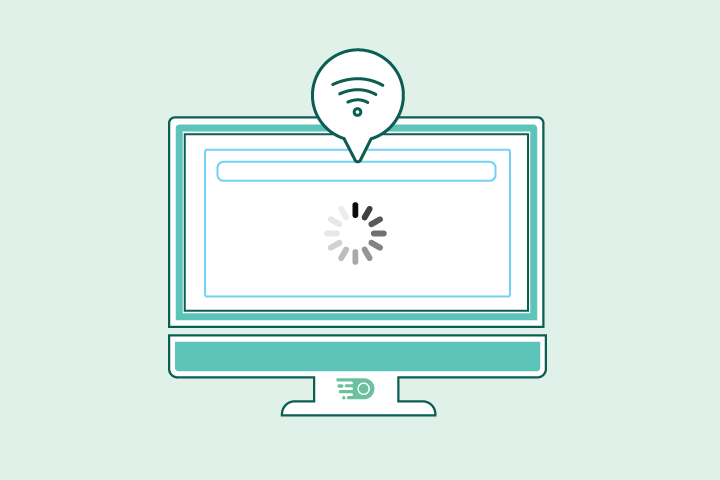Verizon is one of the leading internet providers that offer Mix and Match deals, giving you the flexibility to choose the services that align with your lifestyle. Whether you require internet, TV, or phone services, Verizon provides you with the freedom to customize your bundle.
- Internetchevron_right
- TV & Streamingchevron_right
- Providerschevron_right
- Resourceschevron_right
- GIVE OUR EXPERTS A CALLcall833-481-4463



